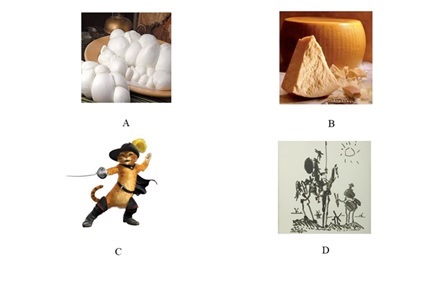Different forces play a key-role in the stability of food colloid dispersions. Focus is here on those controlling attraction and/or repulsion, which concur to stabilization, phase separation, coagulation, and are quite evident in water-based systems. Combination of attractive and repulsive forces favors, or hinders, the association of colloid entities; such processes are often met in food technology. The above processes depend on the forces at work, and on colloid concentration in the medium (i.e. on inter-particle distance). Worked examples deals with milk manipulation procedures, ending in cheese formation. The whole milk-working sequence is controlled by the combination of forces leading to aggregation and phase separation of casein and other milk components. Thereafter, one gets either fresh, for prompt consumption, or aged cheeses. The combination of attractive (van der Waals, vdW, and depletion) with repulsive (double layer, DL, but also with steric) forces results in the dominance of aggregation versus dispersion modes in all steps of milk transformation, which depend on the distance among colloid particles, on the amplitude of the mentioned forces, and on their decay length. The combined role of double layer and van der Waals (vdW) forces is at the basis of the DLVO theory on colloid stability, which is properly modified when these forces overlap with steric stabilization and, eventually, with depletion. Steric effects are dispersive, depletion ones favor colloid nucleation in a single phase. The milk manipulation chain is a worked example of the intriguing association features controlled by the mentioned forces (and of ancillary ones, as well), and indicates which forces favor the formation of products such as Parmesan or Mozzarella cheese, but are not alien to the preparation of many other dairy products.

